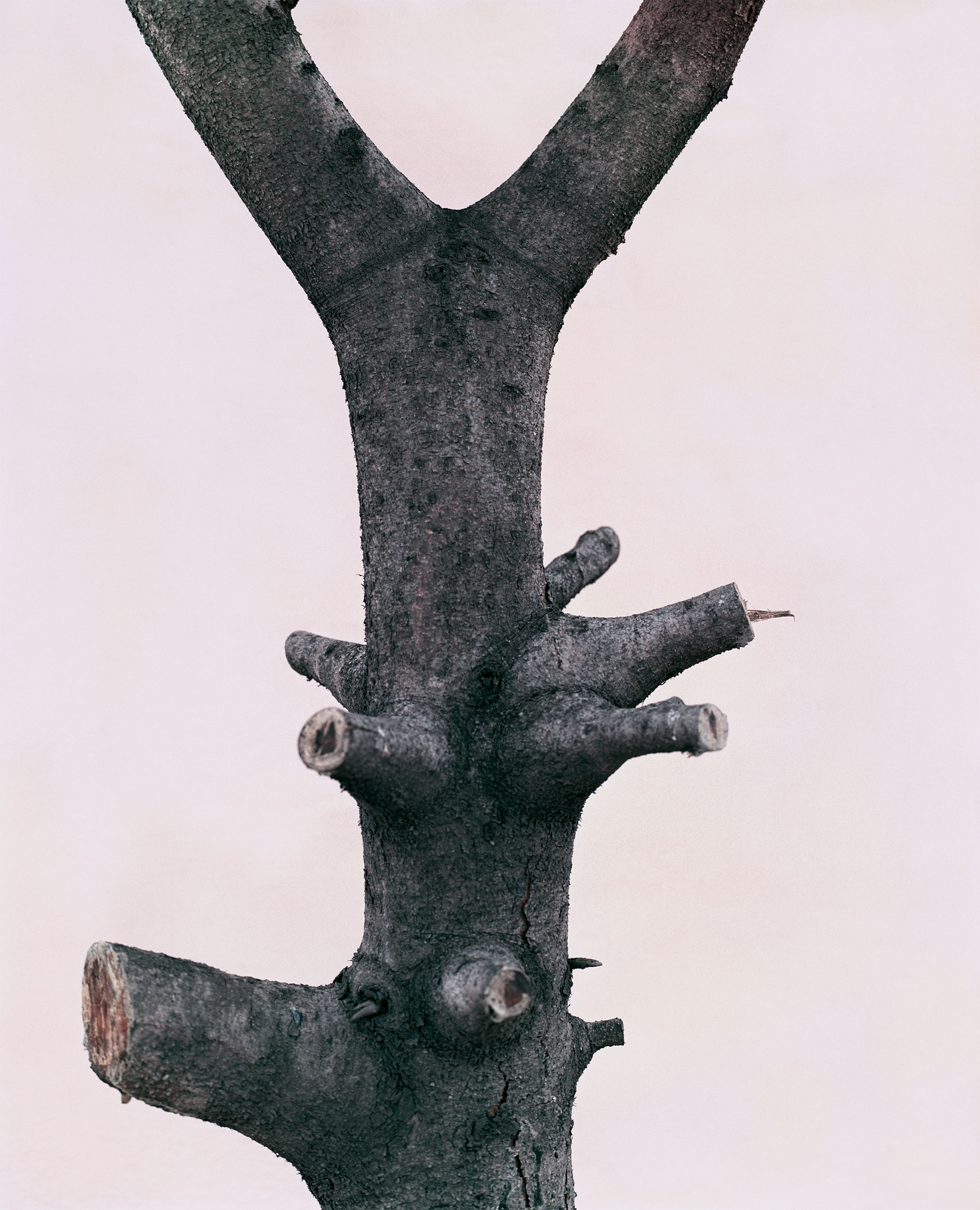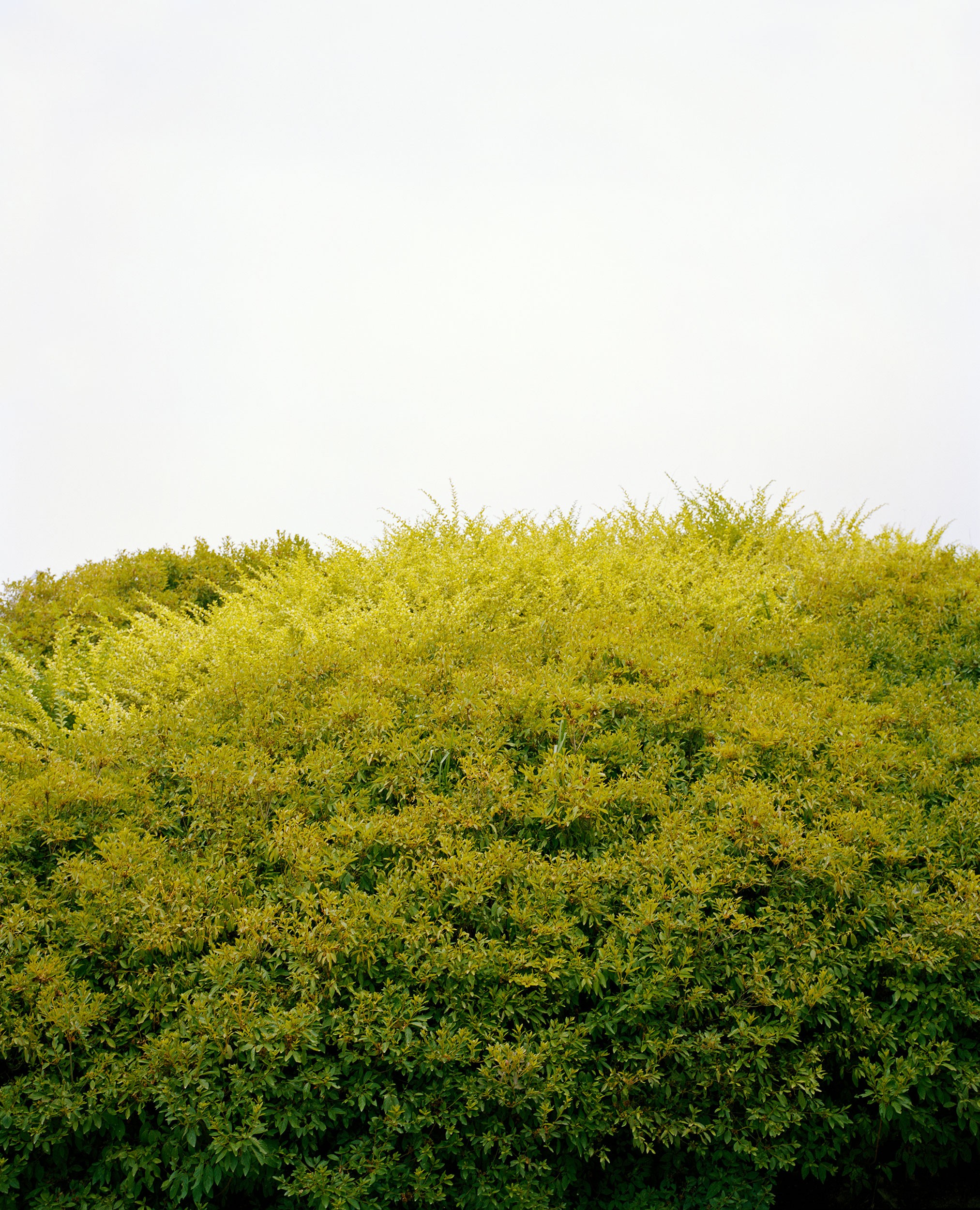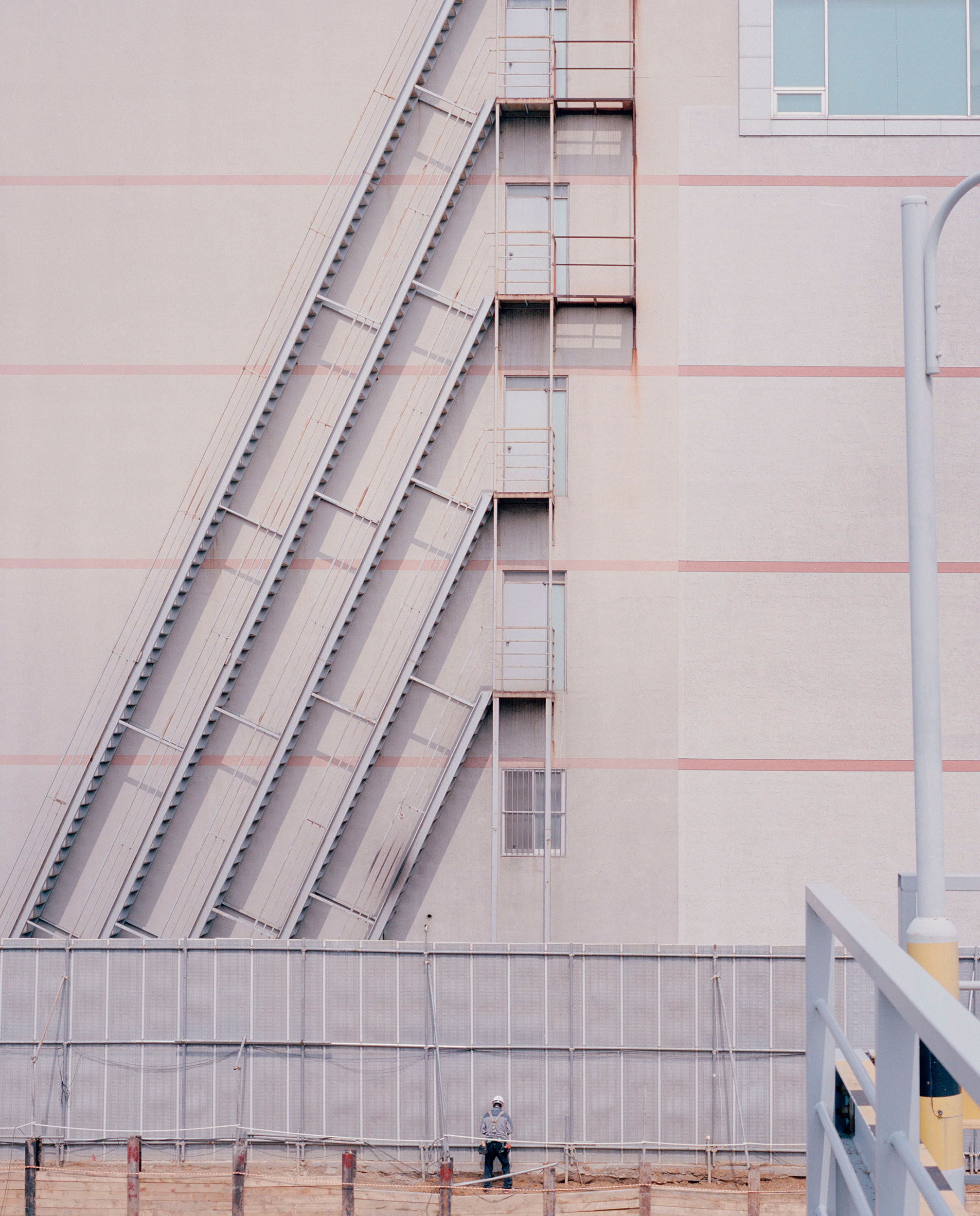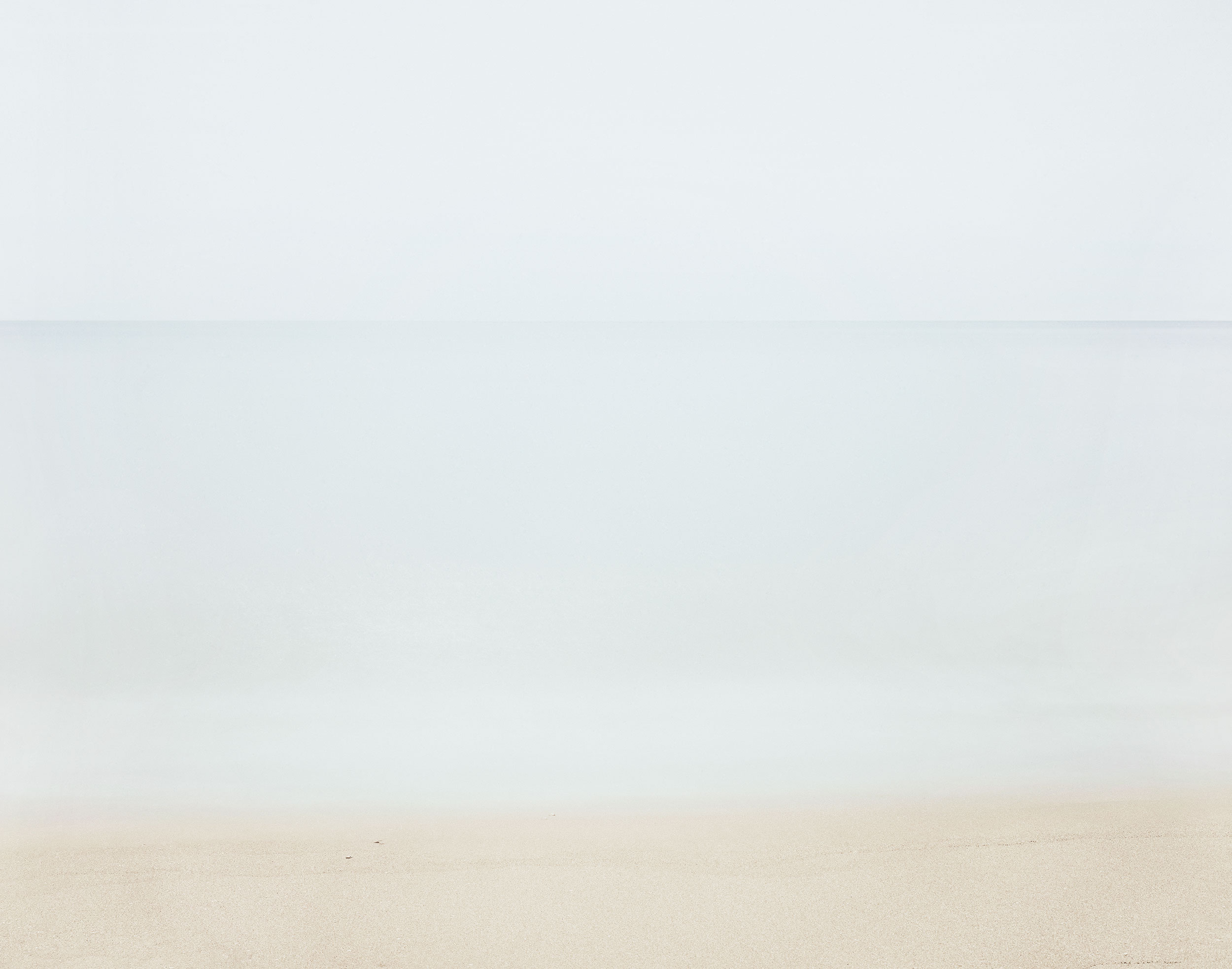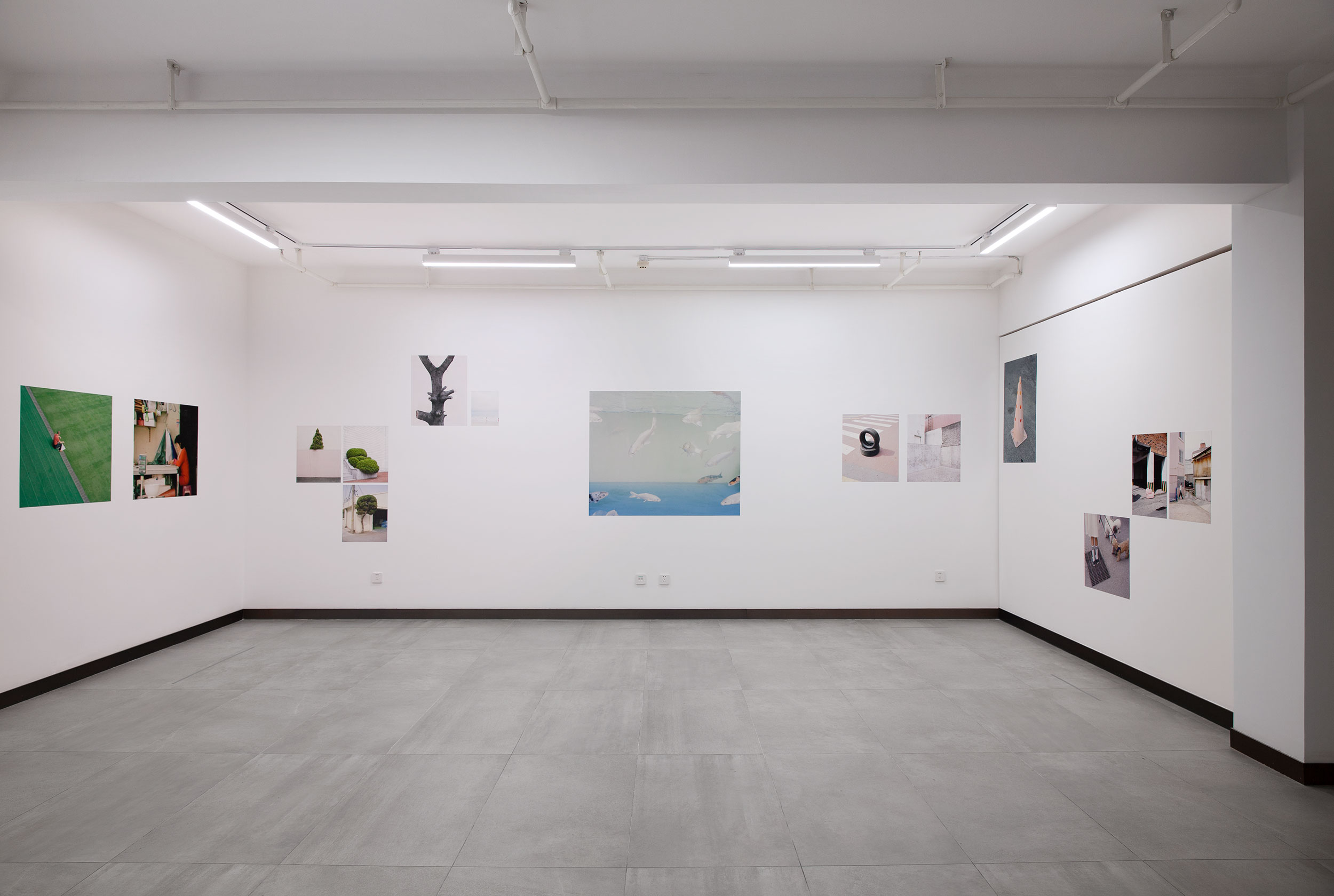Hanguk
+ info






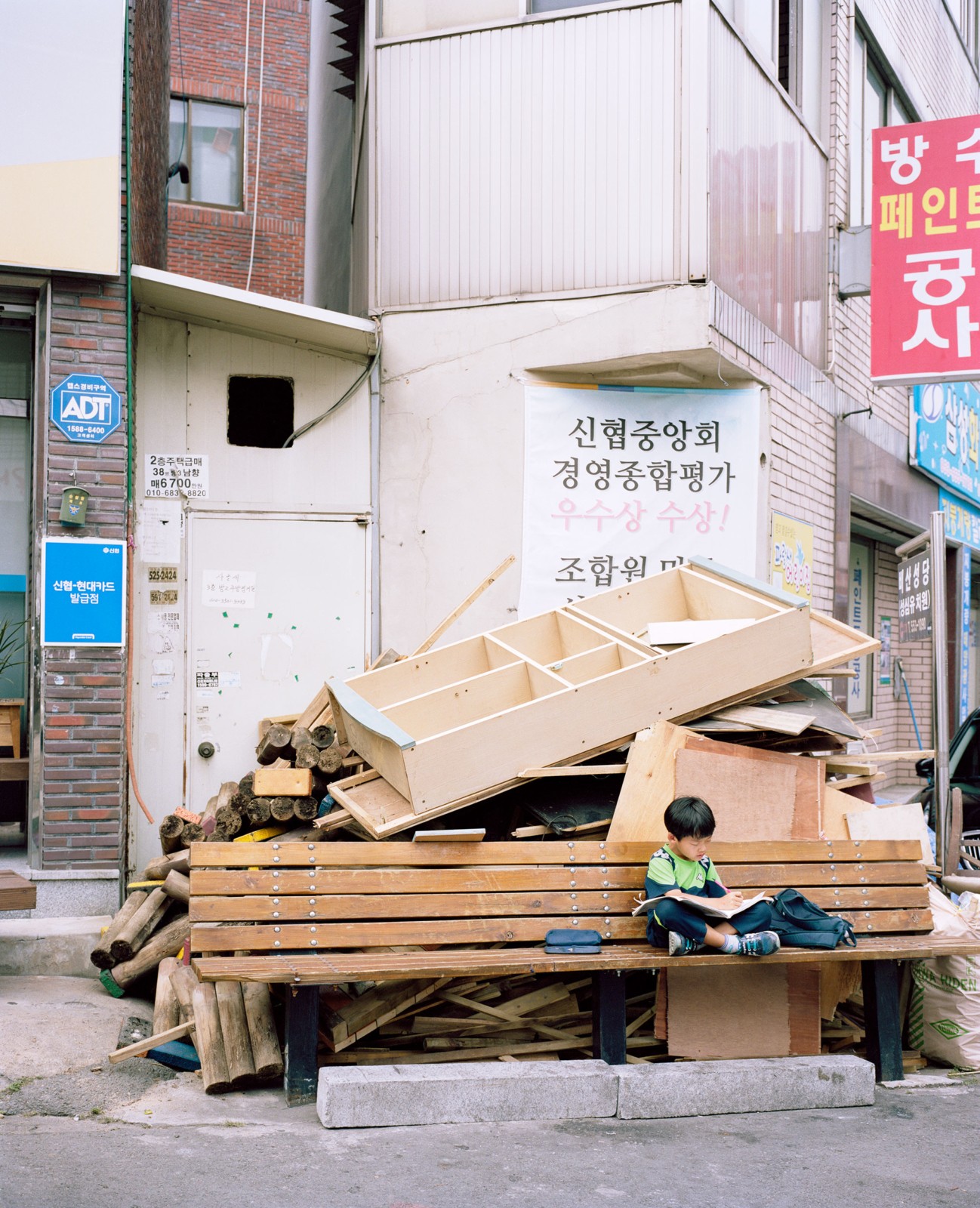



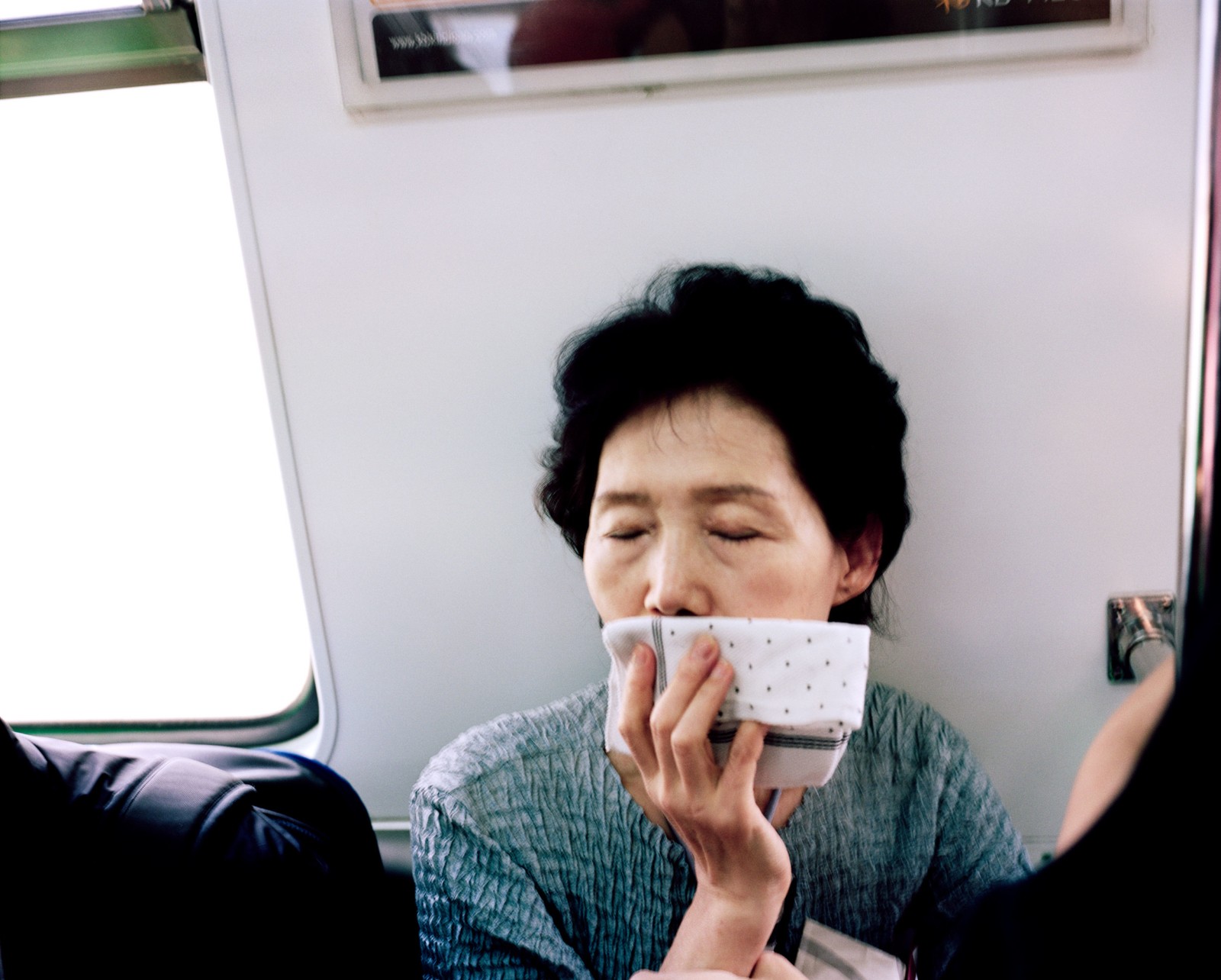




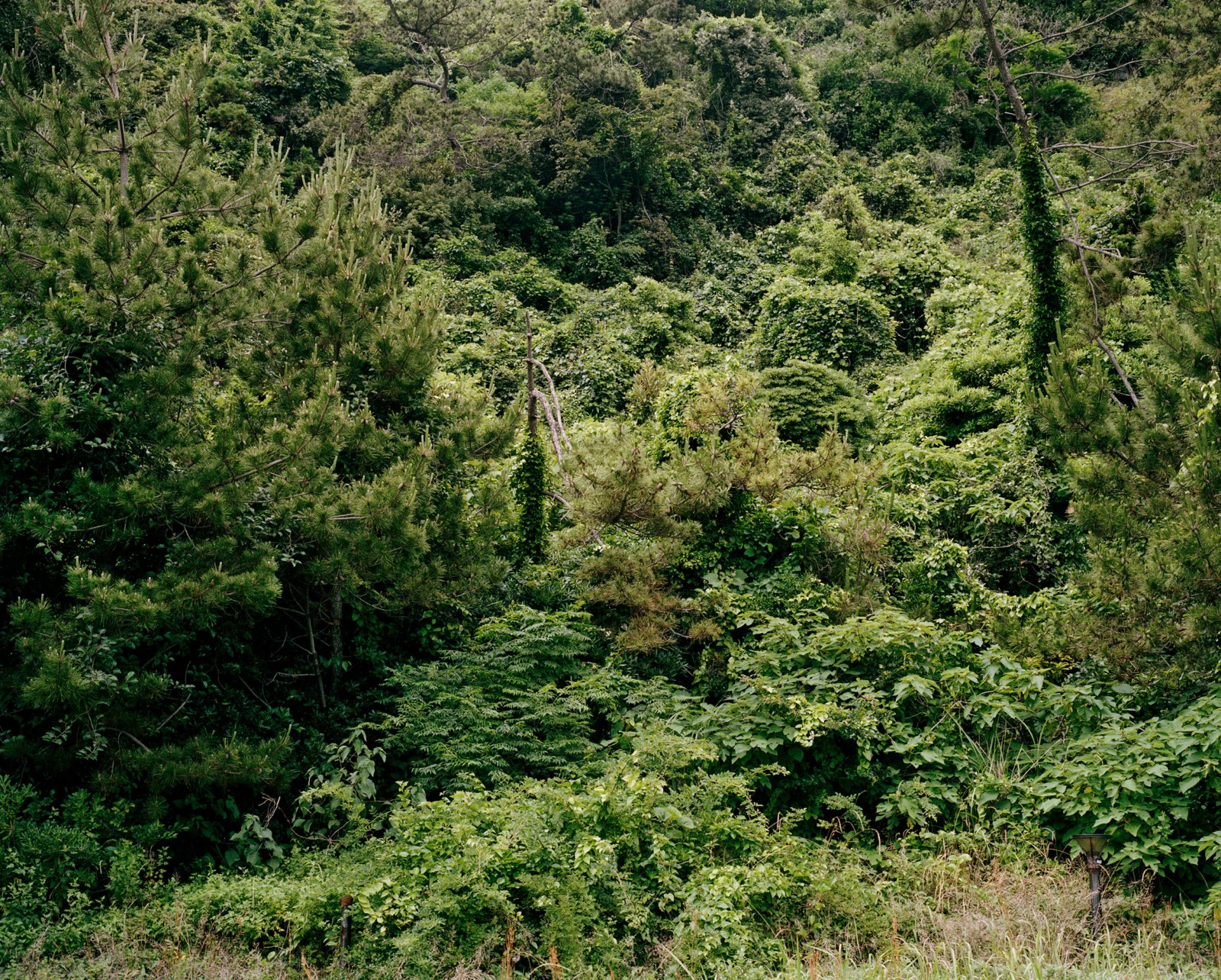
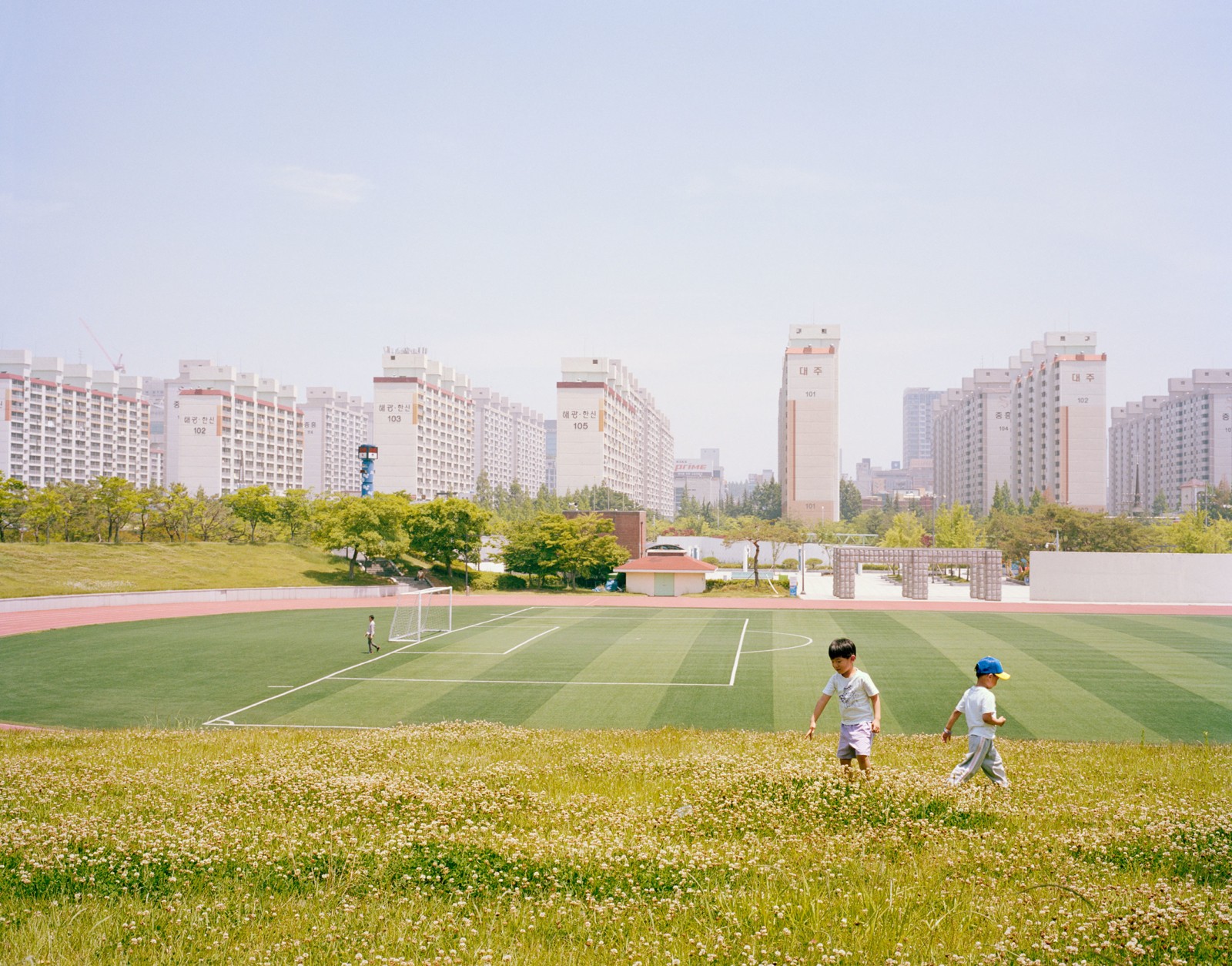














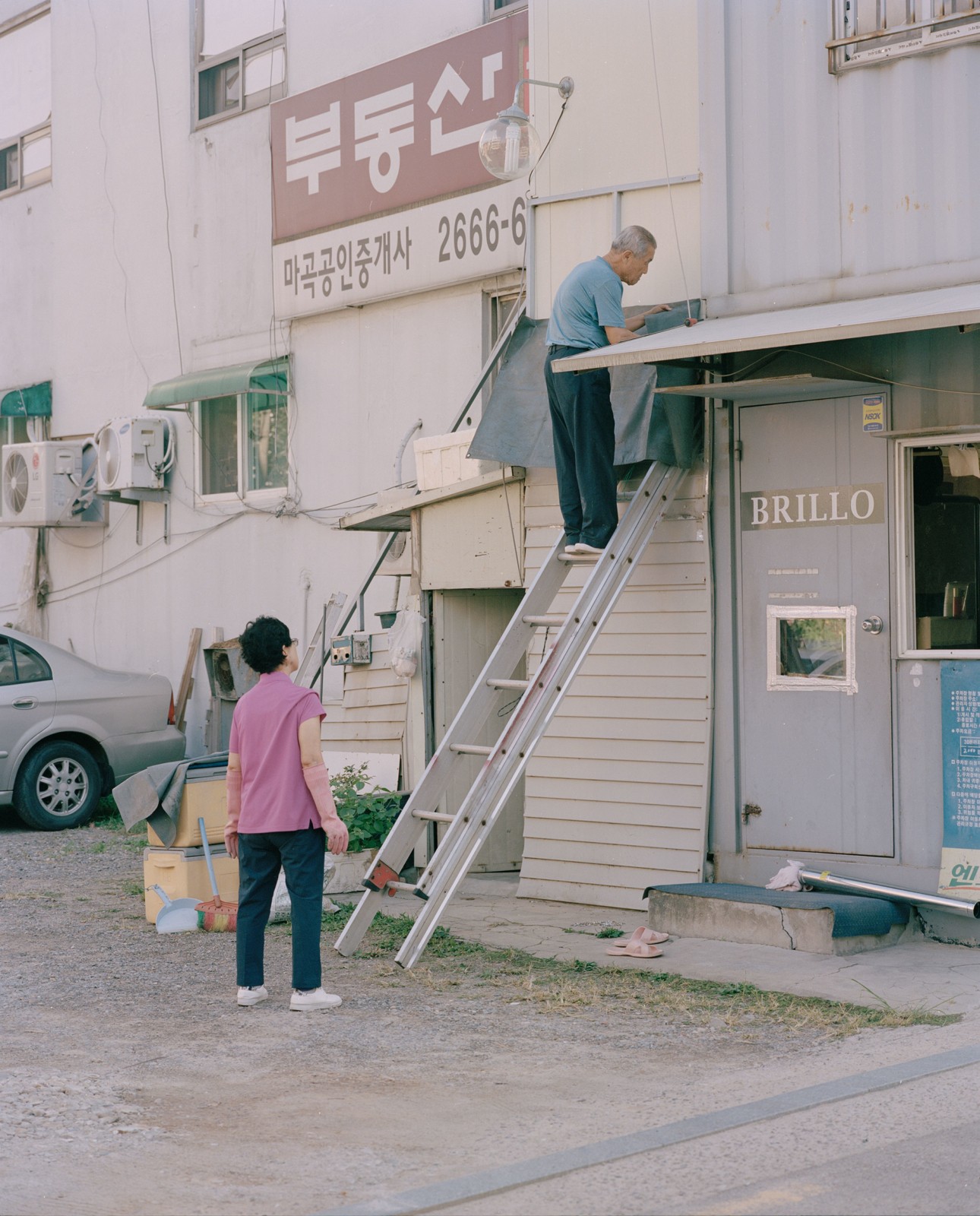


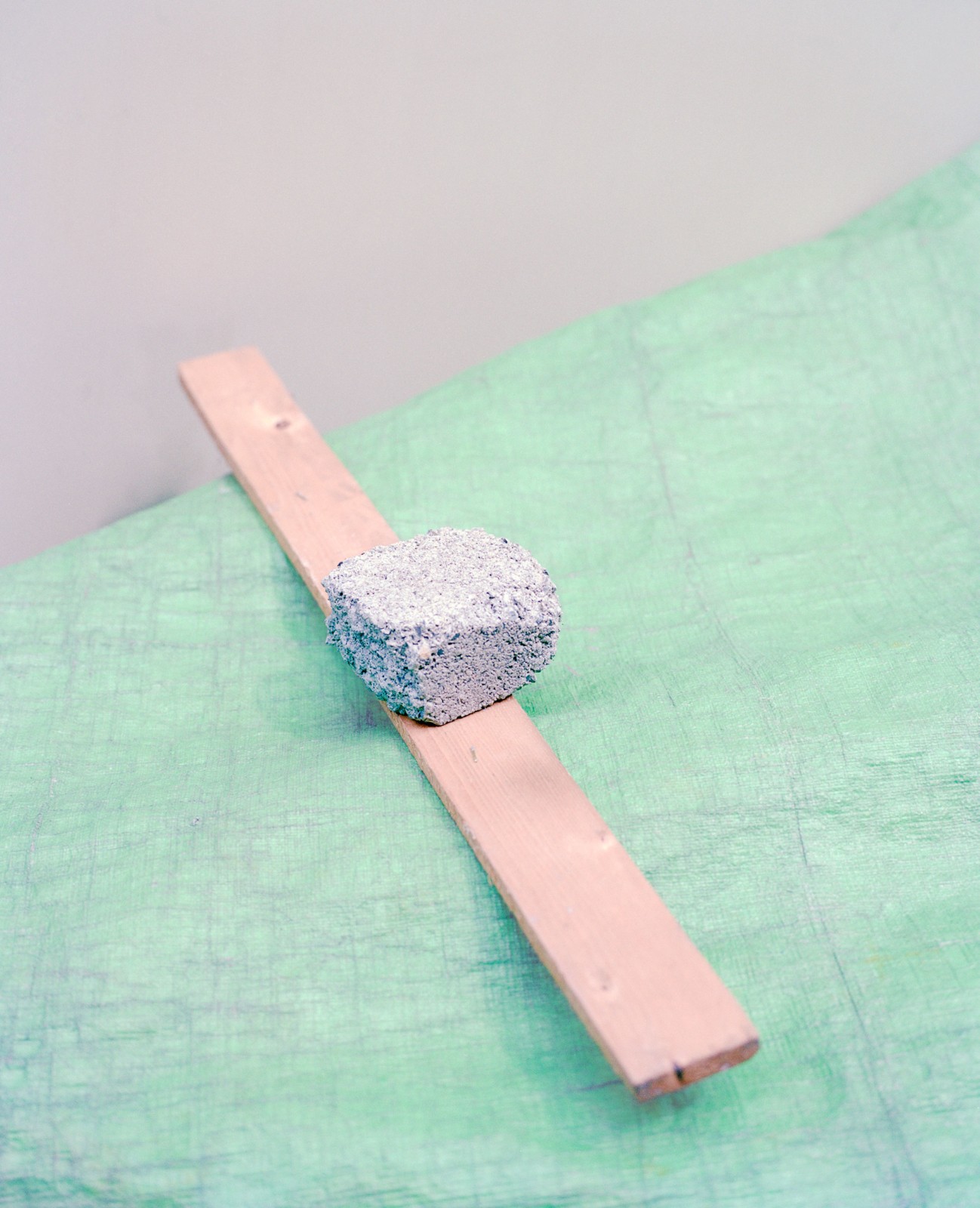



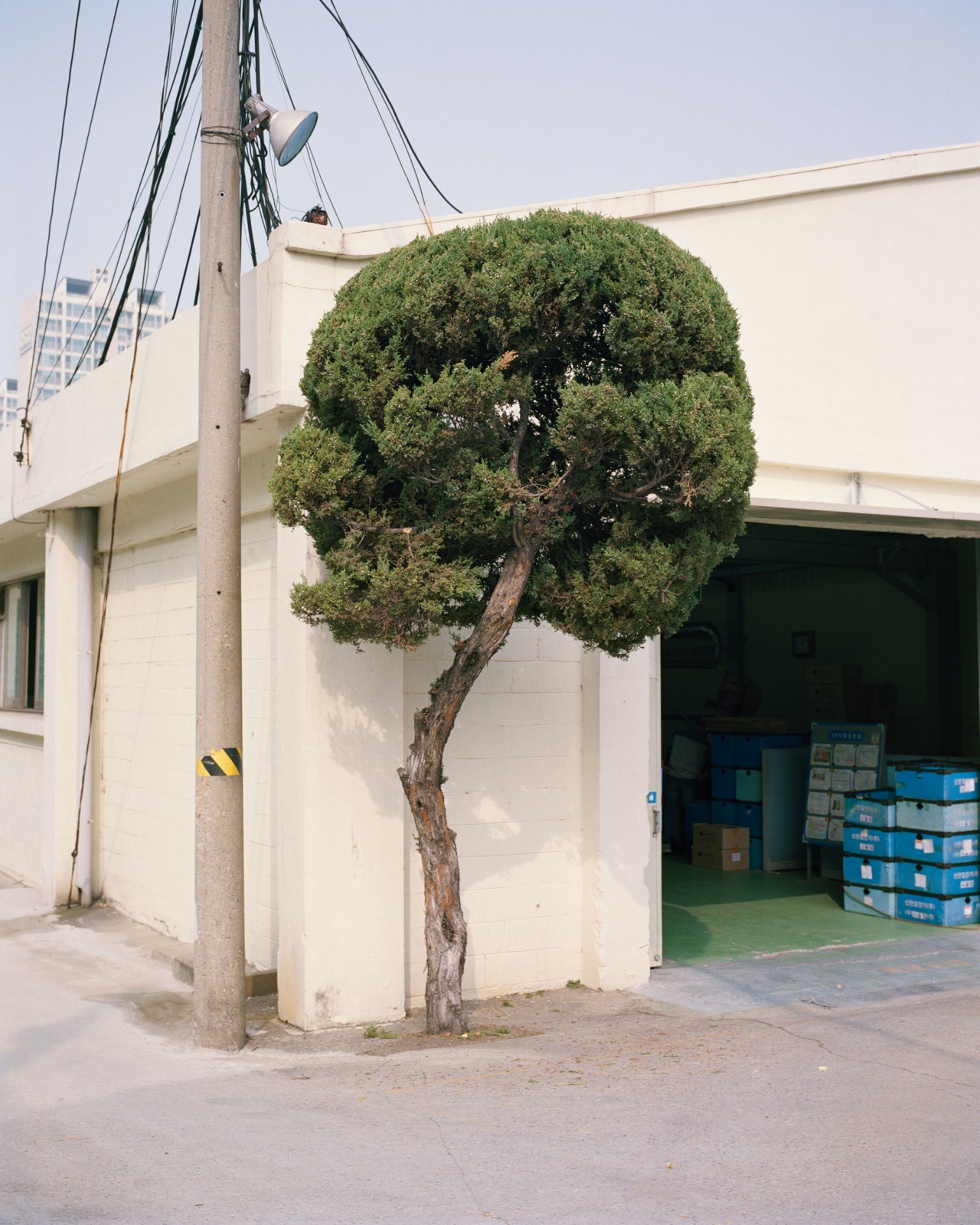



Exhibition View
I was born in 1977 in South Korea. If truth be told, I don’t know much more because contemporary reports are so patchy that it is possible to construct various different narratives from them. What is certain is that I landed in Germany the following year on the 25th March in a KLM plane. Statistically, I was one of an estimated 200 000 children who have been adopted from Korea since the 1950s. 30 years went by before I saw the land of my birth again, and I can still clearly remember my first impressions as well as the questions and expectations that travelled with me, these to a certain extent unarticulated.
I began to capture my experiences of this period on camera at an early stage, and it came about more as the result of an inner desire and without conscious intention. Whilst in the beginning I still enjoyed immersing myself in the teaming crowds of the Korean metropolis, and thereby experienced a vague sense of belonging, I soon had the feeling of being overwhelmed by the incessant stream of external impressions that were collapsing down upon me.
In these circumstances, taking photographs meant first and foremost a retreat into familiar routine. Through the viewfinder of the camera I am able to distance myself from the things around me, and can consider them with a certain sense of detachment. However, the camera only seems to separate me from the outer world because in essence it amounts to an intensification of the act of observation, as if one were looking through a magnifying glass.
In the beginning, the piece Hanguk was a collection of apparently unrelated photographs that I found without really looking for. Taking photographs was rather a means to an end, and it was only in the course of time that a story increasingly began to develop out of these supposedly found objects, a story that in a certain manner told itself, and whose creator and at the same time silent observer I was.
When I think about my first impressions of Korea, I see before all else overpopulated, hectic, noisy cities, modest, traditional architecture side by side with the ubiquitous functional yet disconsolate prefabricated housing blocks; I see Buddhist pagodas hemmed in by 8 lane traffic arteries, minimally landscaped parks next to the tangle of market stalls, and oversized human-drawn carts that wind between beaming white Limousines through the tightly packed streets.
I observe all of this, and at the same time long involuntarily for moments that might grant a little calm. Whilst I feel out my surroundings with the camera, my gaze is caught by a bush in the shape of a seated figure, a sofa at the side of the road that seems oddly to have been shrunken, or a dusty car covered in print marks from hands, feet and tennis balls. Everyday scenes in an alien world that I have spontaneously connected something with.
Hanguk is less the documentation of a country and its inhabitants. Rather, for me the work is a pictorial description of a place that belongs to my own wholly personal imagination. It is the attempt to bring the images of external reality into agreement with those of inner reality. Thus, I don’t look at otherness; I don’t look at that which separates me from the world of my previous experience. What I found in Korea is much more a sense of the alien and yet strangely familiar.















